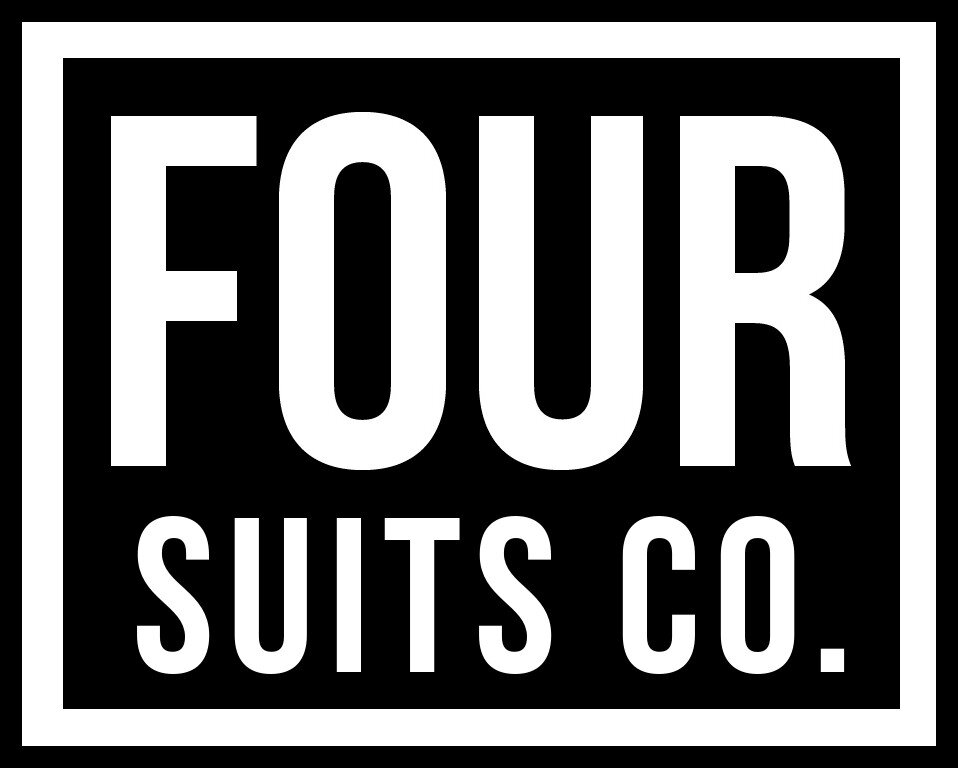Konami @ The Dinner Table
Prerequisite Reading:
- http://www.thejerx.com/blog/2017/2/5/the-whitmans-algorithm
- http://www.thejerx.com/blog/2015/11/5/xd5x6br73lhsr3z9xyjtldhmu46dnb
Hey all, we are going to be discussing an effect based off work by Andy @ The Jerx and Tomas Blomberg (read those referenced pages above or this won’t make much sense). Thank you both/all for sharing your work, in turn we offer our variation on your effects.
While developing a show for a small dinner party in a New England home, we thought a fun effect would be a group game everyone could play after the meal with an unexpected reveal to kick things off and segue into the magical portion of the evening. Our minds immediately jumped to the Kurtnami Code by Andy, which itself was based off a methodology from Tomas, where cards can be randomly played and us making a prediction on where the last card would ended up. After thinking about various ways to tweak this effect for our specific crowd, we came up with:
Konami @ the Dinner Table
MATERIALS:
- One stone or other game token
- Approx. forty cards (exact number will vary depending on the number of participants, but noticeably more cards than you would want to play with) with various directions on them: pass stone left, pass stone right, pass stone left x2, pass stone across, etc. (We chose to draw the instructions on index cards that we found around the house, but you could make up a nice set on double blanks or card stock if you wanted them to last.)
EFFECT:
A group gathers to play a card game where the objective is to collaborate and pass around an object (in this case, a stone) and have it land on a selected person once all the cards have been played. A packet of cards to be used is cut off the large deck, and they are mixed and then dealt out randomly to each player (the magician does not play). The token is set before someone using any standard method of deciding who begins a game (this can be whatever the house favorite is, such as oldest or youngest player, the head of the table, left of the dealer, etc) and the magician asks the group where they want the stone to land.
The participants then play through the game, with the stone landing on one person after all the cards have been played (Stone Person 1). A few more cards are cut off and added to the packet, which is reshuffled and the game is then played again, with the stone starting where it left off, and ending with a new person (Stone Person 2). After calling attention to the two people the stone ended up at after each round, and how it could have ended almost anywhere depending on the number of cards cut, the order they were shuffled, whom they were dealt to, and when they were played, Stone Person 1 and 2 look under their seats and find a prediction marking them both as the only recipients of the stone. (An alternative prediction, depending on your access to the chairs before the performance, is a drawing of the table [see example below], which also allows you to name the recipients.)
NOTES:
While we won’t go into detail on the method (after reading Andy and Tomas’s work most of it should be relatively straightforward), we thought it may be more interesting to discuss some of the presentational aspects which differentiate this from their previous versions.
As some of Andy’s readers might have noticed this kind of presentation falls into his “engagement ceremony” style [http://www.thejerx.com/blog/2017/2/16/the-engagement-ceremony]. Tomas’s original Konami code is a process-heavy effect, and essentially anything based off of it will be as well. While thinking of how to present this we stumbled on the idea of it being a game, which not only helped invest everyone in the process but also gave the process itself a goal that everyone could grasp and focus on without revealing the magical purpose. Once in this context it was important that the game itself be fun as well, since although we knew it was leading up to a worthwhile magical payoff, we wanted everyone to think back on the entire event as an enjoyable procedure, not simply being justified by the revelation.
Another fun presentational angle this opened was the origins of the game being played. Although the options for this are almost endless we thought it reminded us particularly of the camp games we played as a kids, which the counselors would have us play to get to know each other. Since a number of the following effects that evening were group mentalism demonstrations we decided to play up that angle, and say that the game was designed to help build rapport and get everyone in the same headspace.
This lead us to one final presentational subtly, which is that we wanted the game to be cooperative and not competitive. This was partially so we could lean into the “rapport” angle, but also because in the spirit of everyone enjoying the game we didn’t really want there to be any ‘losers’ or people upset by the outcome.
We found this variation successful because it made the process into something people authentically enjoyed, left the entire trick in the spectator's hands to perform (if you can even call it that), and, as the (literal) cry of “no fucking way” attested, was genuinely baffling. We hope you have as much success with it, or that the idea at least gives you something to mull over for an inspiration of your own.
— J.R. & Z.Y.


